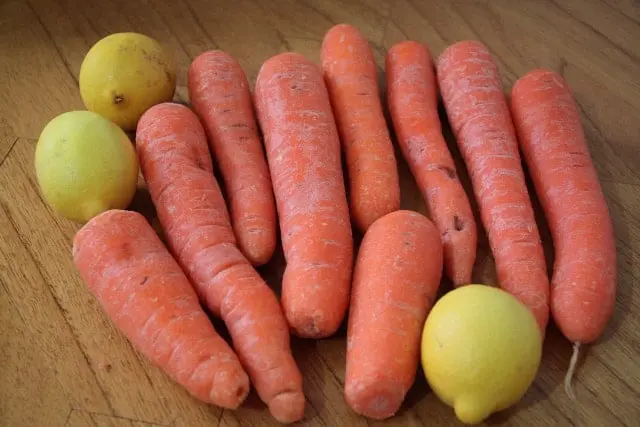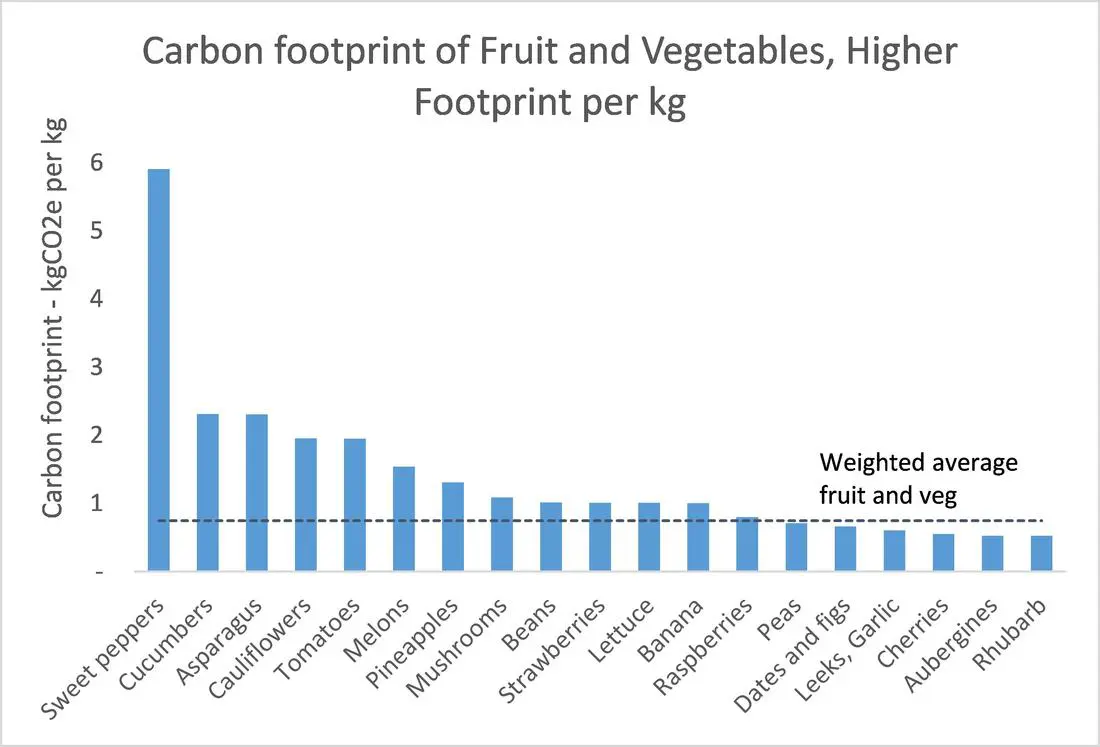Blog, Carbon Footprint, Food
Wonky Fruit and Veg: The Carbon Footprint of Food
Take a look for yourselves, the picture on this article shows the vegetables (and wonky fruit) themselves. It makes me wonder how things could have become so silly – that perfectly edible fruit and vegetables have been previously discarded because they don’t conform to superficial ‘norms’. What has driven us to such irrational reasoning? Has it been led by supermarkets themselves, or was it driven by consumers? Perhaps, as I suspect, it was a bit of both.
Finger pointing aside, it’s great to now see some parts of the industry selling the ‘wonky’ fruit and vegetables. It feels like bit by bit progress on the long and windy road to sustainability.
In regards to the benefit of using these wonky veg, let’s look at the environmental impacts of fruit and vegetables, starting with their carbon footprint….
The carbon footprint of fruit and vegetables
Moving on to the carbon footprint of fruit and vegetables. The carbon footprint of growing fruit and vegetables arises from the use of fertilisers, consumption of energy for farming, transport and of course packaging. Calculating the carbon footprint of all this is an involved activity, but fortunately for us there are many studies that have already done this.
The carbon footprint of common fruit and veg is shown in the two figures below. The data has been extracted from a report* by the Waste and Resources Action Programme (WRAP), an environmental charity based in the UK.
Low carbon footprint fruit and vegetables
What does this really tell us? We have to be a little careful here, in that data per unit of mass is not necessarily the best indicator. It’s hard to imagine anyone eating half a kilogram of sweet peppers, cucumbers or asparagus. However, I’m sure there are many people who have feasted on a mountain of potato fries. Quantity clearly has a role to play in the assessment of carbon footprints. That said, the data per unit mass still presents us with interesting information.
Wonky veg and their carbon footprint benefits
This therefore provides good progress on the road to sustainability. However, as always, we can’t quite stop there. The next step forward is probably to provide more environmentally friendly packaging, e.g. move away from ‘disposable’ plastic. This nicely demonstrates that if we are ever to realise true sustainability and sustainable development, then we can’t afford to rest of our laurels.
But for now, it’s bit by bit progress on the long and windy road to sustainability…
If you like this post please consider sharing it on social media using the share buttons signing up to our newsletter.
References:
* Data extracted from: WRAP, 2013. An initial assessment of the environmental impact of grocery products. Final Report – March 2013. Available from WRAP.



